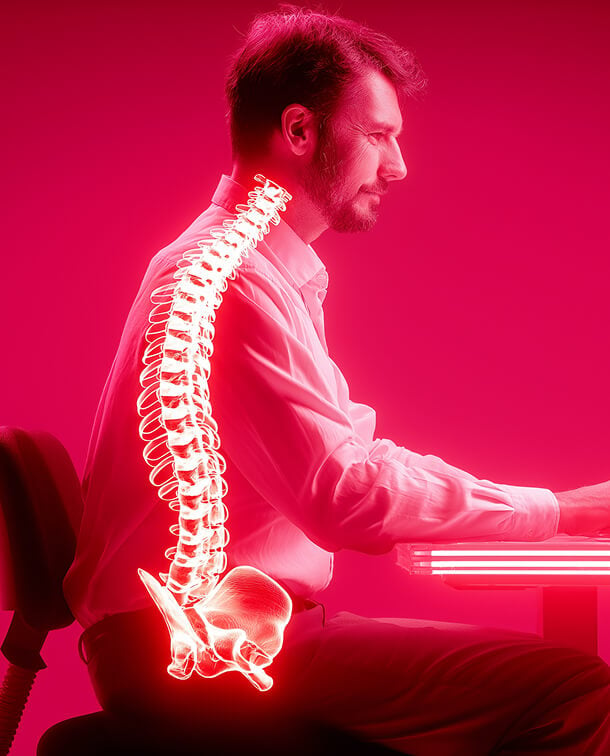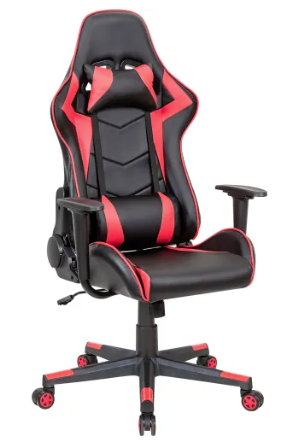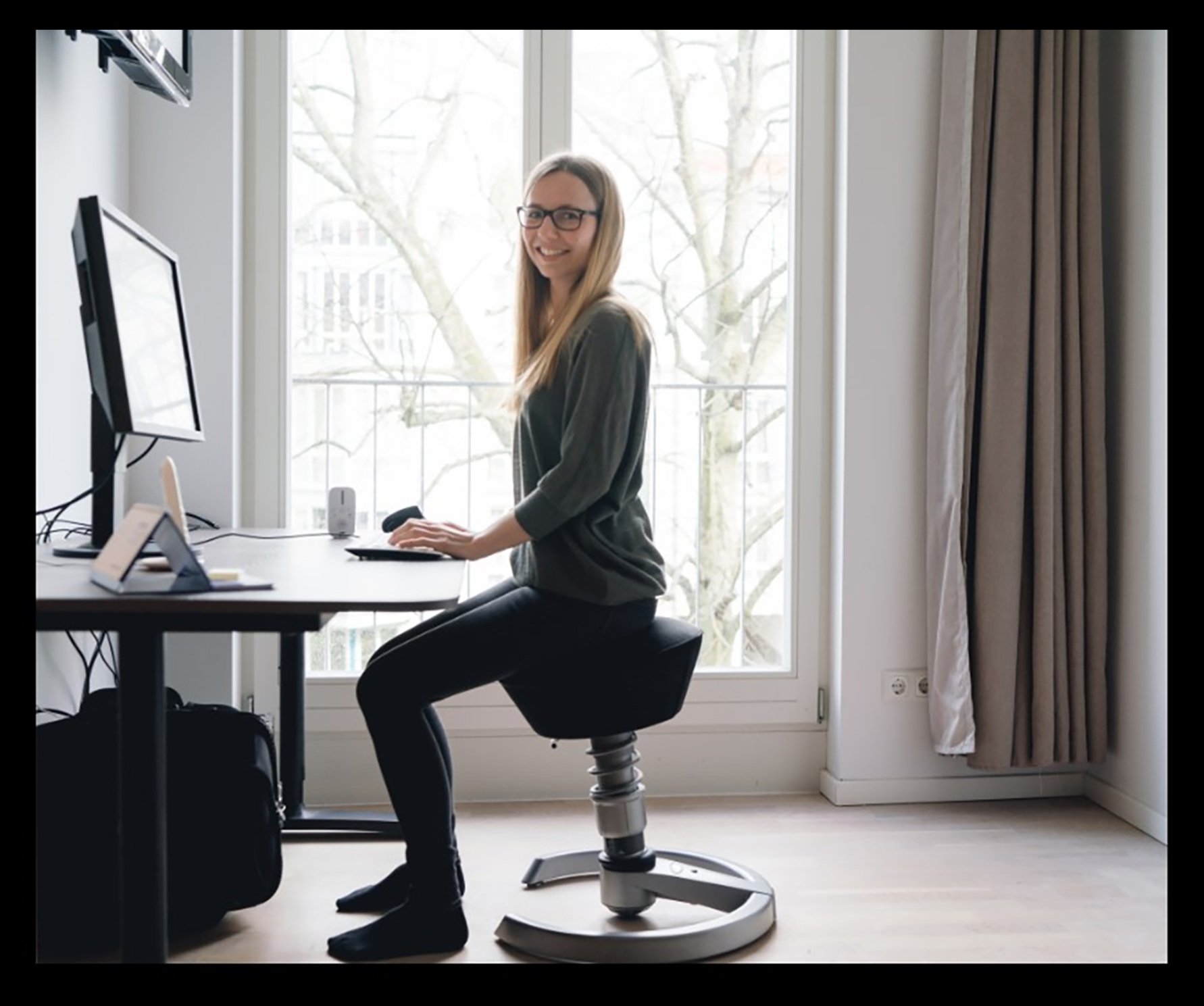Understanding the Role of Genetics and Workplace Risk Factors.
Sciatica, a painful condition characterized by radiating pain going down the leg along the sciatic nerve, can significantly impact an individual's quality of life. While various factors contribute to its development, including posture, lifestyle, and medical history, one question that often arises is whether sciatica is genetic. In this blog post, we'll delve into the relationship between genetics and sciatica and explore how posture and choosing the right office chair can help mitigate its effects.
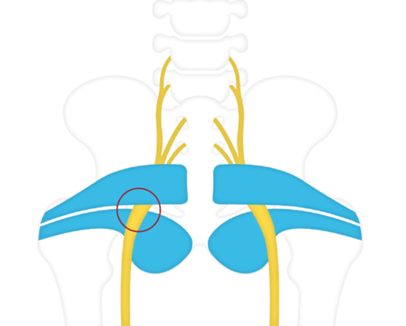
Is Sciatica Genetic?
Sciatica is primarily caused by compression or irritation of the sciatic nerve either in the spine or from a muscle known as the piriformis muscle. While genetics may play a role in certain cases, research suggests that sciatica is not predominantly genetic.
However, there are genetic factors that can increase the likelihood of developing conditions that contribute to sciatic nerve compression, such as spinal stenosis or herniated discs. Therefore, understanding your family medical history and genetic predispositions can be helpful in assessing your risk.
The Importance of Ergonomics:
While genetics may not directly cause sciatica, the way we interact with our work environment can have a significant impact on its development and severity. This is where the role of ergonomics comes into play, particularly in the context of office chairs. An ergonomically advanced office chair is designed to provide proper support and relief to align the spine and reduce the risk of developing or worsening sciatica symptoms.
Choosing the Right Office Chair:
When selecting an office chair to alleviate or prevent sciatica-related discomfort, consider the following factors:
- Pelvis Support: Look for chairs with adjustable pelvis support to maintain the natural curve of your lower back, reducing pressure on the sciatic nerve.
- Adjustable Ergonomic Features: Look for chairs that offer adjustable seat height, varying seat depth, tilt features, and armrests to ensure a customized fit that promotes proper posture.
- Seat Cushioning: Choose a chair with adequate cushioning to distribute body weight evenly and minimize pressure points, easing the strain and compression on the sciatic nerve.
- Material and Stretch: Consider chairs with fabric that has stretch to mitigate the pressure on the sciatic nerve while promoting comfort during extended periods of sitting.
- Movement and Flexibility: Look for chairs that encourage dynamic sitting, allowing you to customize your sit and be able to change positions throughout the day and engage your core muscles to prevent stiffness and promote circulation.
Conclusion:
While sciatica may have some genetic components, it is not solely determined by genetics. However, selecting an office chair that promotes proper posture and nerve decompression can significantly contribute to preventing or managing sciatica-related symptoms. By prioritizing pelvis support, adjustability, comfort, and mobility, you can create a workspace that supports your spine's health and reduces the risk of sciatic nerve discomfort.
Remember, always consult with a healthcare professional if you experience persistent or severe sciatica symptoms. Additionally, incorporating regular breaks, gentle stretches, and maintaining a healthy lifestyle can further complement the benefits of an office chair. Invest in your well-being like you would invest in a mattress by choosing an office chair that supports your body and enhances your productivity, ultimately making your workday more comfortable and enjoyable.
Looking for an office chair for sciatica, look no further than Anthros.
Anthros is the only chair in the world that is guaranteed to improve posture, or your money back. The science backed, patented design, is registered with the FDA as a posture improving chair and is proven to have the lowest pressure (most comfortable) cushion on the planet (verified by University testing).
Take the next step to reducing pain, increasing comfort and maximizing performance!
Recent Post
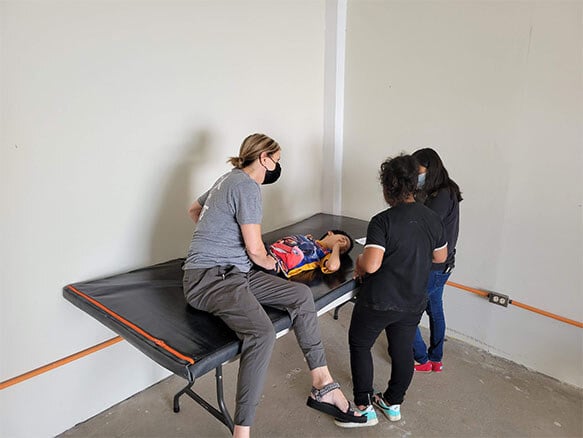
Four Lessons About Seating Everyone Can Learn from Wheelchair Users
September 18, 2025Working with wheelchair users has been an...

People Over Profits: Why Anthros Puts Comfort and Care First
September 17, 2025At Anthros, our mission is simple: to put people...





